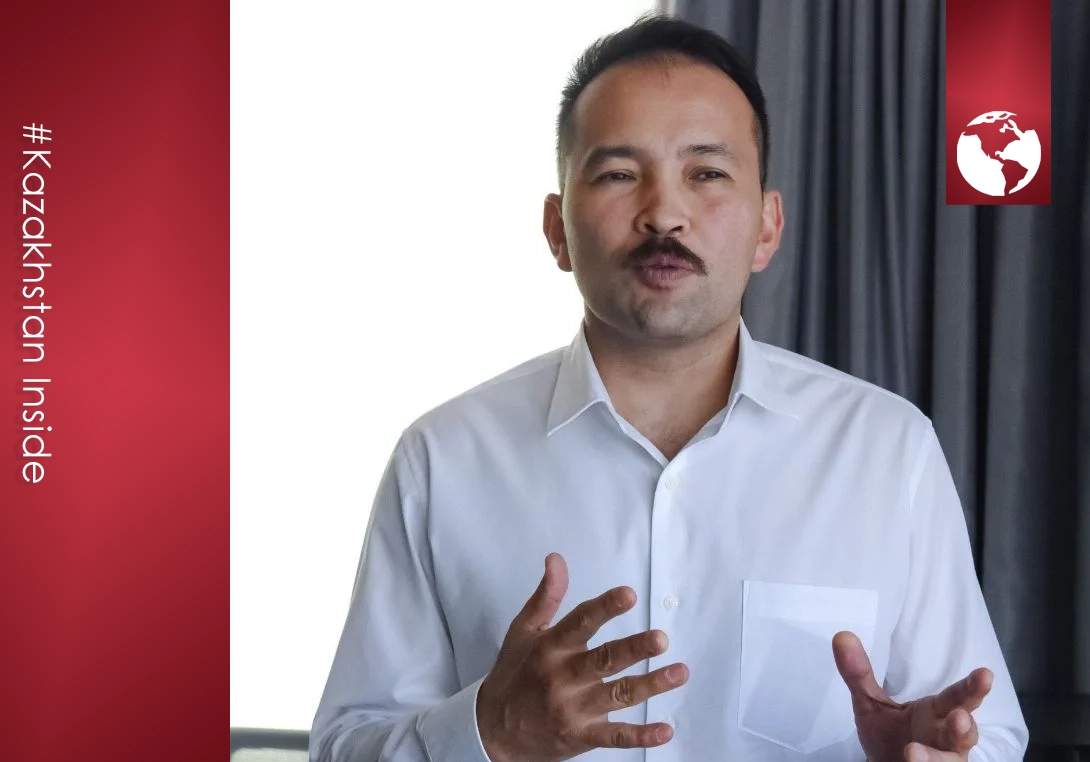How is Kazakhstan’s economy structured? Financial analyst Rasul Rysmambetov provided a brief explanation.
Kazakhstan’s economy, with some exaggeration, can be described as state capitalism. The key players in our economy are in the quasi-state sector, and the primary source of investments is the state. While small and medium-sized businesses have increased their share in the economy to over 20%, they do not play a significant role in the overall size of the economy and are more involved in micro-employment.
Around 300 companies are affiliated with the National Welfare Fund «Samruk-Kazyna», and hundreds of companies depend on the Sovereign Wealth Fund «Baiterek». Construction companies are busily utilizing pension fund surpluses.
Naturally, private businesses cannot boast of significant success. Firstly, high-margin niches are occupied, and small-scale production, due to volatile currency and a high proportion of imported raw materials, cannot sustain itself without subsidies.
Let’s face it, in our economy, the government and the Ministry of Economy, in particular, have the least influence. We have about a dozen serious oligarchs with family, school, and university ties to the left bank (both former and current). Until recently, any bank was more powerful than the regulator for the same reasons. Even regional akims (governors) couldn’t replace all of their deputies without approval from higher authorities. And, of course, not every regional akim could change the contractor for road repairs in the first year of their tenure».
(Note: «Akim» refers to a regional governor or mayor in Kazakhstan.)









